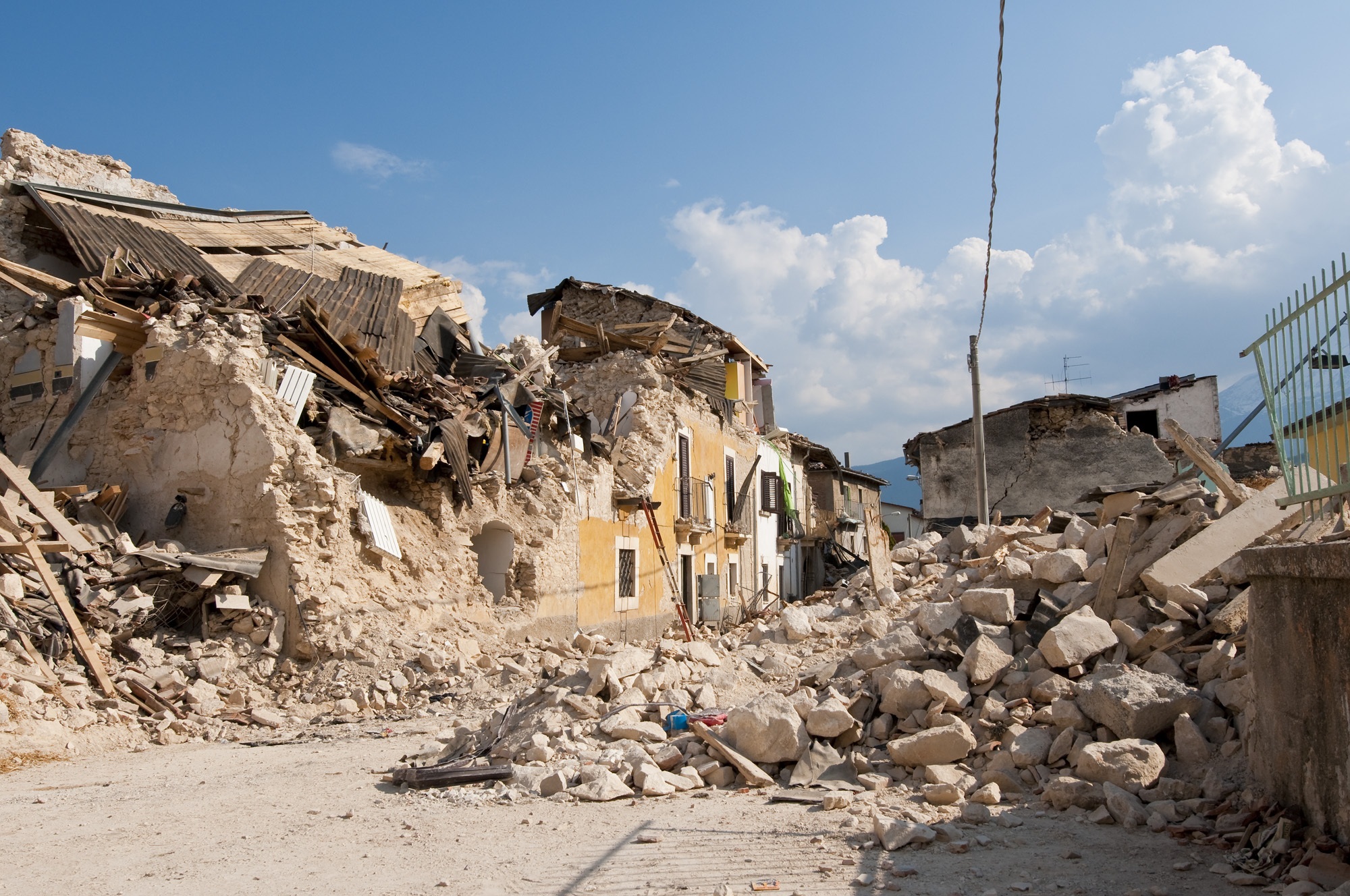Earthquake in Southern Philippines – Alert Plus

SITUATION SUMMARY
On 15 December, at approximately 06:00 UTC, a magnitude 6.8 earthquake was recorded six kilometres south of Magsaysay, southwest of Davao on the island of Mindanao. The earthquake measured a depth of 22.4 kilometres and was felt across Davao del Sur, North Cotabato, South Cotabato and Sarangani provinces.
The majority of casualties and damage were reported in the Davao del Sur province. Initial figures show that at least five people were killed in Digos and Padada, where a three-storey building collapsed leaving several people trapped under the rubble. In the town of Matanao, a six-year-old child was killed after a house collapsed. An undetermined number of people were also injured, mostly near the epicentre in Magsaysay.
The quake also resulted in power outages in the affected areas, including the General Santos Airport (GES). Footage released on social media also showed an electrical transformer exploding in the city of Davao.
In the aftermath of the event, the Pacific Tsunami Warning Center did not issue any tsunami warning. However, the Philippine Institute of Volcanology and Seismology (Phivolcs) warned of further aftershocks. At the time of writing, at least 10 strong aftershocks were recorded, with the strongest being a 5.7 magnitude, centred south-southwest of Sulop at 06:52 UTC.
Relief operations are underway and further reports of casualties and damage are to be expected over the coming hours and days. At the time of writing a number of people remain missing.
SOLACE GLOBAL COMMENT
The Philippines is one of the most disaster-prone countries in the world. According to the Global Facility for Disaster Reduction and Recovery (GFDRR), the highest environmental risks in the country are landslides, tsunamis, volcanoes and cyclones. However, due to the country’s location along the so-called Pacific Ring of Fire, the Philippines is also prone to strong deadly earthquakes that often result in substantial damage.
Between October and November, Mindanao island has been hit by multiple and intense earthquakes, which led to casualties and considerable damage, notably in Davao del Sur and Cotabato provinces. On 29 October, a magnitude 6.6 earthquake struck14 kilometres east of Bual, killing at least ten people and damaging buildings and infrastructure, which had been already weakened by a 6.3 magnitude foreshock approximately ten days earlier. On 31 October, a 6.5 magnitude aftershock was recorded south of Kisante; the death toll was then raised to 24, at least 500 were reported injured and dozens are still missing. In the aftermath of these events, experts stated that tremors would occur until December. Since the Cotabato earthquake swarm, more than 349,000 people have been in need of assistance and 58,000 have been living in evacuation shelters, makeshift shelters and even open spaces.
These recent tremors are likely to have worsened the current humanitarian situation. Moreover, given the extensive damage to infrastructure and utilities, a long-term population displacement is anticipated.
SOLACE GLOBAL ADVICE: What to do after an earthquake?
-Anticipate aftershocks. These can greatly change in magnitude and can sometimes be more intense than the initial tremor itself. It is recommended to adopt the same safety measures, including “drop, cover and hold”, should these occur.
-Check if you are injured and help others if you have been trained to do so.
-If you are trapped, it is important to remain calm and try to use any means to call for help.
-Do not enter any damaged buildings, as further shocks may result in more damage to already weak structures.
-If currently in a damaged building, move away and not re-enter until the authorities confirm it is safe to do so.
-Once you are safe, monitor media (and Solace Secure) updates for emergency information and instructions. Follow all the advice issued by the local authorities.
-In the aftermath of strong earthquakes, there can be several hazards. Check your surroundings for gas leaks, broken water pipes, damaged wires, hazardous materials or broken glass.
-If possible, wear protective clothing and sturdy shoes to prevent injuries. Maintain situational awareness at all times.
-Abide by all instructions issued by the authorities.
-Be prepared for disruption (possibly extensive) in the region as a result of the earthquake.
SECURITY SUMMARY: The Philippines
In addition to the seismic risk in the region, it is important to note that Mindanao suffers from a significant threat of Islamic terrorism. The risk of attacks is higher in the southern Philippines and the island of Mindanao specifically, where a number of terrorist organisations are still active. These include Aby Sayyaf (an Islamic State affiliate), the Maute group, the New Peoples Army (NPA), Jemaah Islamiyah, and Bangsmoro Islamic Freedom Fighters. Reports indicate that clashes between militants and government forces are frequent in the remote areas of Cotabato and Davao del Sur provinces. Attacks and kidnappings can occur across the Philippines and target foreigners, institutions and security forces.
Following an attack on government facilities by ISIS insurgents, martial law was imposed in 2017 and will remain in place until at least the end of 2019. Moreover, following the earthquakes in October and November, the Department of National Defence heightened the security measures in the affected provinces. These include the presence of checkpoints to ensure the safety of the people living in evacuation centres.
Crime is a significant concern and the most reported common types are theft, assault, robberies and gang-related crimes. Certain areas present a higher risk; these include Sarangani Province, North Cotabato Province, South Cotabato Province, General Santos City, Sultan Kudarat Province, Lanao del Sur Province, Lanao del Norte Province and Iligan City.
As such, due to the high rate of criminality and ongoing insurgency, travellers to the Philippines should consider the use of enhanced security measures. This includes the use of prearranged airport meet and greet services and a locally-vetted driver. Furthermore, the use of travel-tracking technology, supported by a live intelligence feed, is also recommended in order to keep abreast of security developments whilst in-country.